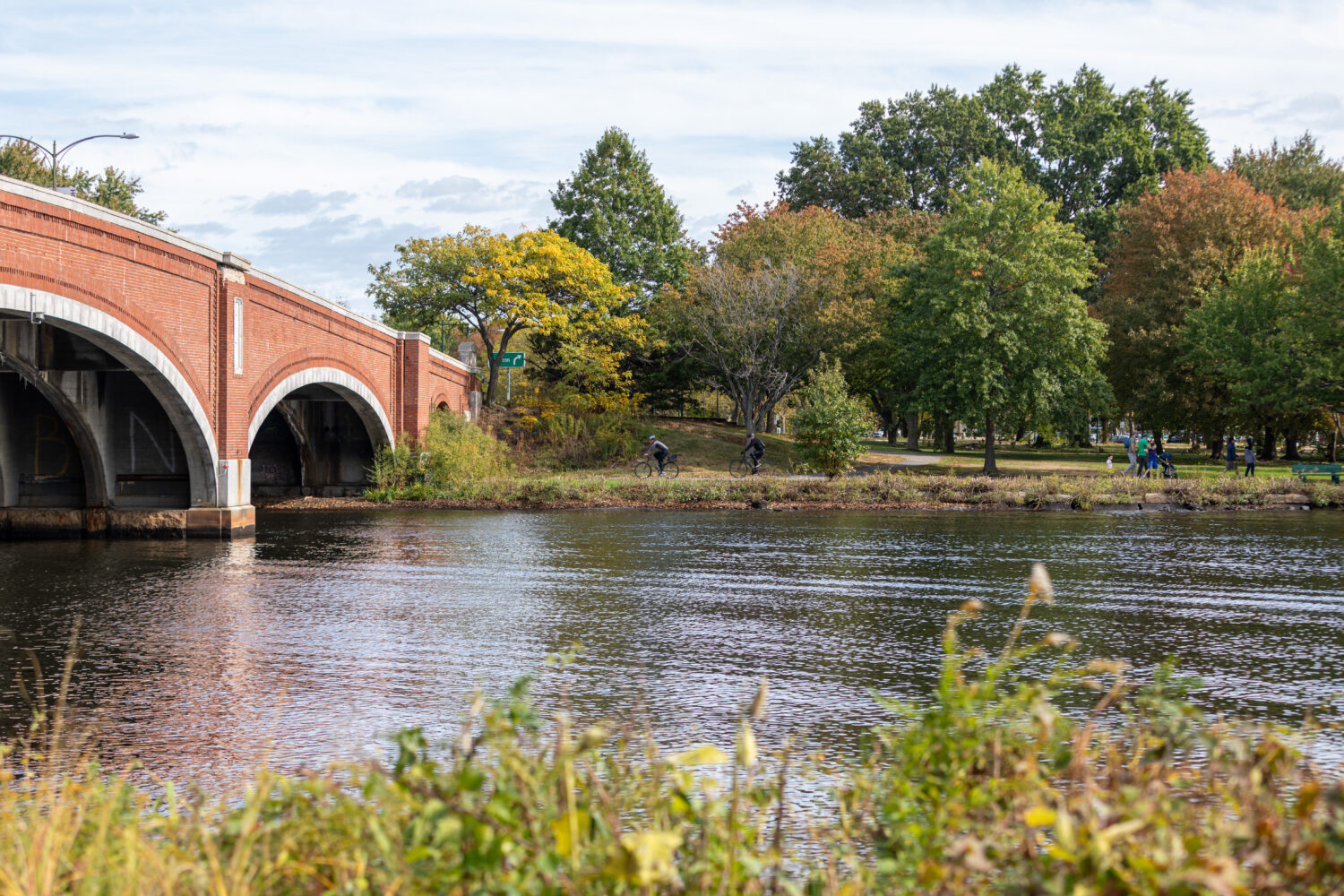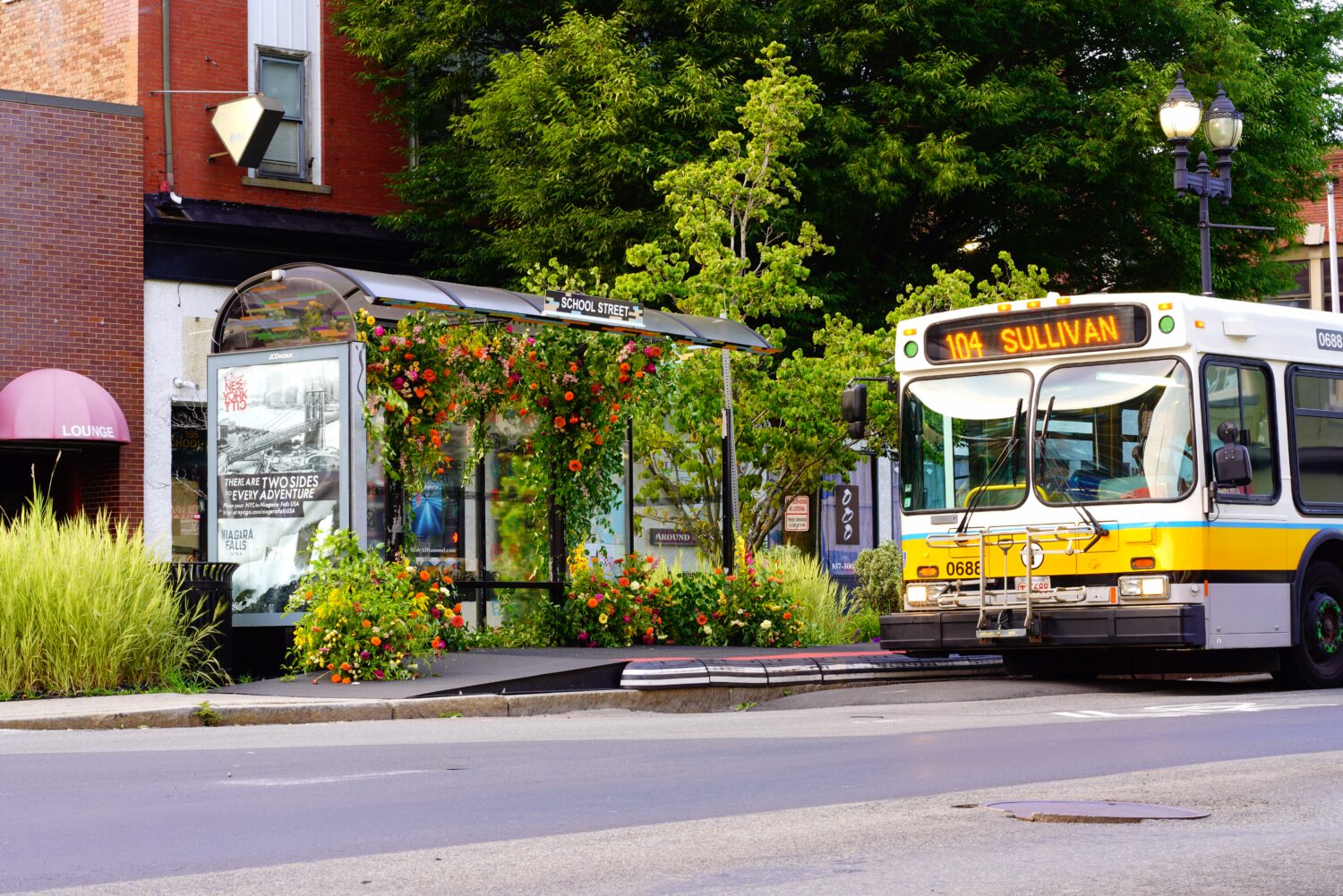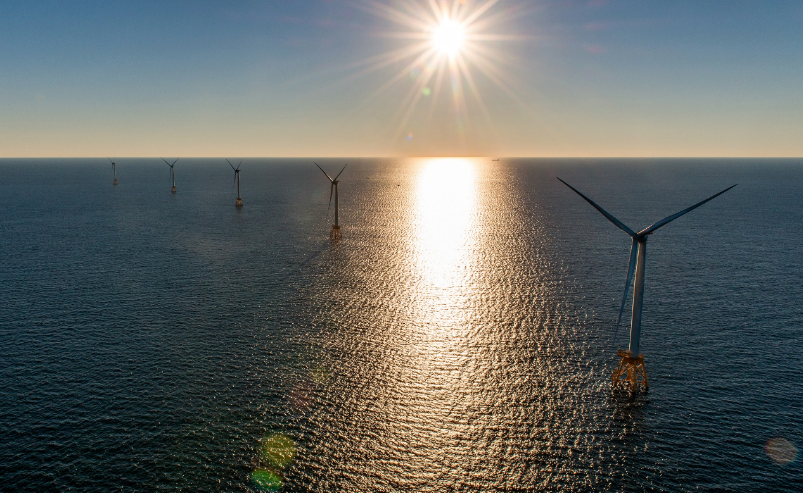Last fall, I wrote about the difference between our 2020 and 2050 climate goals being like the difference between climbing Mount Washington (tough slogging required, but well-marked trails leading to the summit) and Mount Everest (demands new ways of thinking and doing and deeper commitment).
To help begin the work of mapping a route to that loftier summit, Barr made a grant to Environment Northeast (ENE) to develop a set of possible pathways to meet our 2050 goals. The result was the newly-released ENE EnergyVision. In it, ENE envisions an energy system that looks very different from the one we have today, with a massive shift towards electricity for vehicles and buildings, and towards renewable energy, as suggested in the illustration below:

Some highlights from the report:
- If all gasoline powered vehicles and buildings using fossil fuels shifted to electric technologies today, GHG emissions would fall by nearly 50 percent.
- GHG emissions can be further reduced by 80 percent or more as additional renewable generation is added to the grid.
- Electric vehicle and high efficiency electric heating technologies offer operating costs that are lower, by as much as 70 percent, than their traditional fossil-fueled counterparts.
While the solutions ENE advocates for are all viable (i.e., the technologies are available and will continue to improve rapidly in the years to come), making the new energy system a reality will be a challenge. States, regional power systems, and federal agencies will all need to adopt new policies, introduce new market incentives and regulatory reforms, change outdated approaches, uproot old technologies, and apply new ways of thinking about energy options. In the coming months, ENE will be working with stakeholders to develop an implementation roadmap.
Stay tuned…




